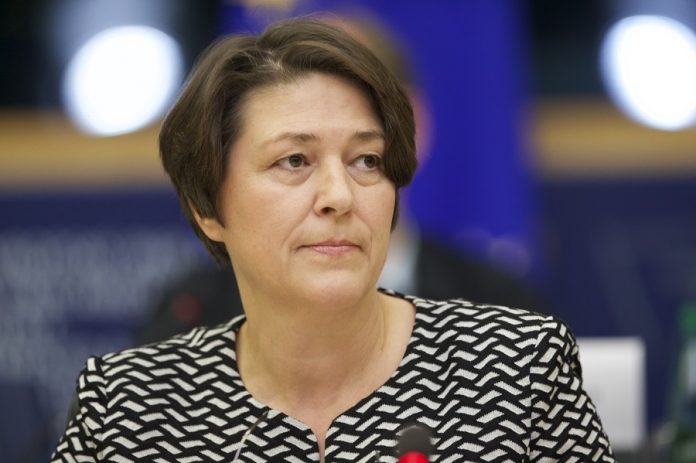M F Warrender, Open Access Government, highlights EU Commissioner Violeta Bulc’s innovative plan to finance sustainable transport and infrastructure projects
February 2017 marked the launch of the European Commission’s new and innovative proposal to finance transport and infrastructure projects in Europe. This proposal will seek to combine €1 billion of grants to help achieve the “twin objectives boosting investment to fund innovative, sustainable transport infrastructure upgrades while supporting jobs needed to put that infrastructure in place.”
European Commissioner for Mobility and Transport, Violeta Bulc, commented on the proposal, stating that: “Achieving our vision for seamless, intelligent and sustainable mobility in Europe requires investments that public funds alone cannot provide. That is why we are launching an innovative solution to make the best of our resources, and unlock untapped private investments, with a particular focus on Cohesion countries. Today’s action is a sign of solidarity on the move.”
This investment highlights the importance of transport innovations through Europe, while also supporting the upcoming road mobility initiatives to be launched later this year.
Roads
Road transport provides jobs for 10.6 million people across Europe and carries more passengers than all other methods of transport combined. The 2017 Road Transport Strategy outlines 4 main initiatives:
- A well-functioning internal market (A more cost-efficient road transport network will make EU firms more competitive globally, thus encouraging job creation).
- Fair competition and workers’ rights (Simplifying rules and improving cooperation between member states will ensure better working conditions for transport workers and operators through ensuring enforcement of social rules).
Decarbonisation (CO2 emissions from heavy goods vehicles represent around 30% of all road transport emissions. With renewed political momentum following the Paris COP21 agreement, road transport will begin to play its part in fighting climate change. Encouraging new charging solutions, with the possibility of providing additional value-added services will cut costs for businesses and people, while better-controlling emissions and optimising the use of energy and infrastructure).
- Digital technologies (Facilitating the use of digital technologies by proposing common standards and platforms will contribute to improving road safety, the enforcement of road transport rules, and ensure digital technologies will be used to their full potential).
Bulc, who has been a European Commissioner since November 2014, commented that “We need the sector to be more competitive and, at the same time, socially and environmentally responsible.”
Aviation
Another transport sector that is undergoing immense improvement and renovation is Air; in December 2015 the European Commission launched an Aviation Strategy for Europe, allowing all elements of the aviation ecosystem to come together.
In her speech in January last year, Time for Delivery, Bulc stated firmly that, “A competitive and sustainable air transport sector will allow Europe to maintain its global leadership position benefiting citizens, industry, and driving jobs and growth. In 2015, we outlined an ambitious vision for the aviation sector. In 2016, it is time for delivery.”
This aviation strategy aims to contribute directly to the Commission priorities of jobs and growth, digital single market, energy union and the EU as a global actor through a series of proposals:
- An ambitious external aviation policy Tackling limits to growth both in the air and on the ground.
- Maintaining high EU standards.
- Innovation, investments and digital technologies.
These proposals will boost Europe’s overall economy, as global air transport over the long term is expected to grow by around 5% annually, until 2030 when there will be 16.9 million flights per year – despite the current economic crisis. The aviation sector also contributes €110 billion to EU GDP, it ensures that remote areas of the Union can stay connected, and benefit from industries such as tourism, which in some regions would be non-existent without aviation. Connectivity is also a core driver for jobs and growth. Innovation is a vital ingredient in maintaining high standards within Europe.
The technology required is provided through the air traffic management research programme SESAR, (the joint initiative between the European Commission, Europe Control and the entire Aviation sector) which aims to modernise infrastructure and raise efficiency by optimising capacity – and so enable these innovations to become a reality.
Overall, European transport systems are becoming more and more vital every day, and Bulc has recognised this. She said, “I am confident, that – together – with understanding, cooperation and collaboration, we will get to our destination – a Single European Transport Area that serves the needs of people, businesses (big and small) and our planet.”
M F Warrender
Open Access Government











